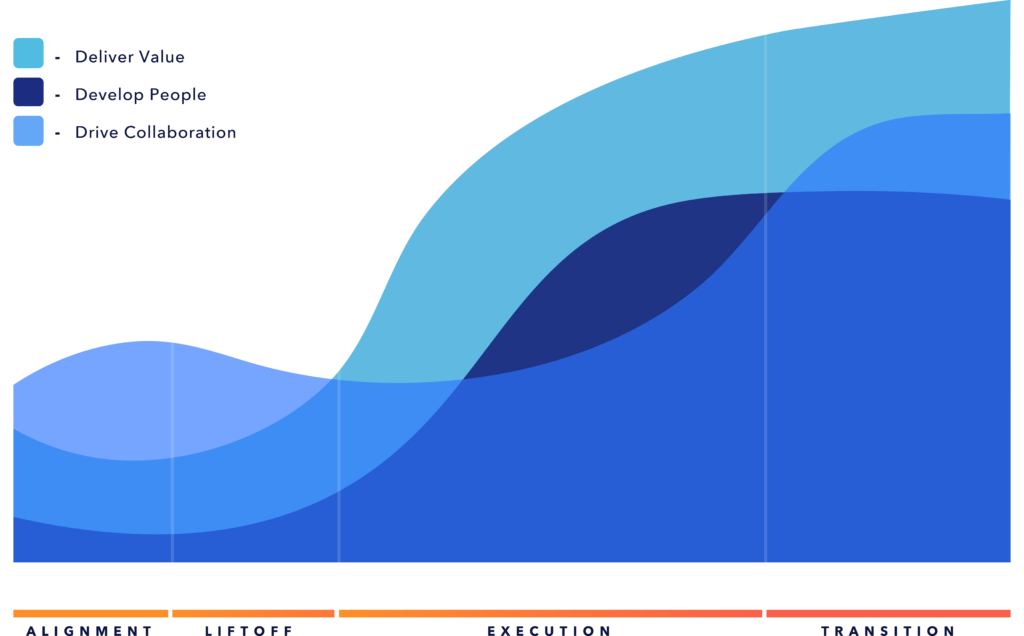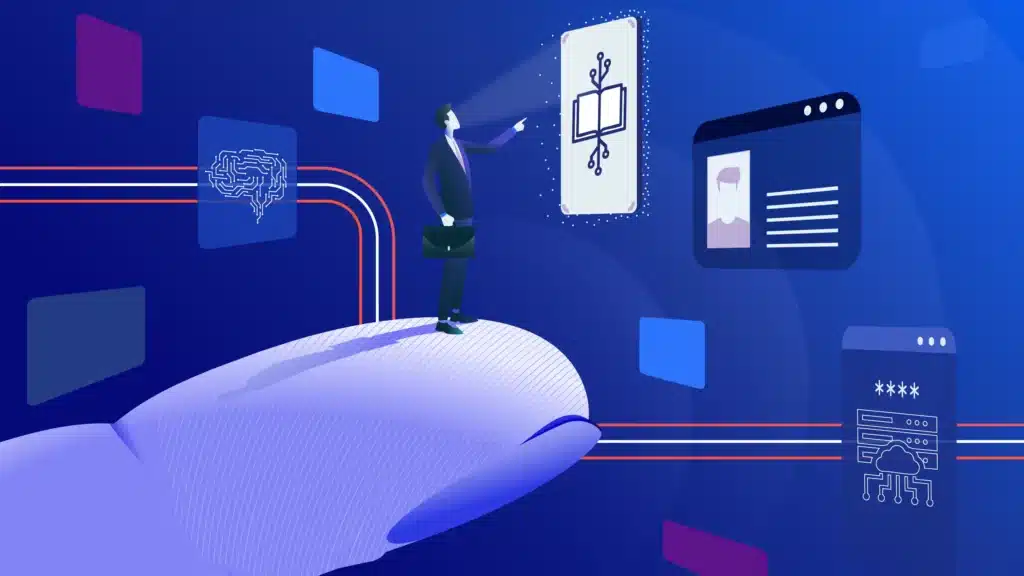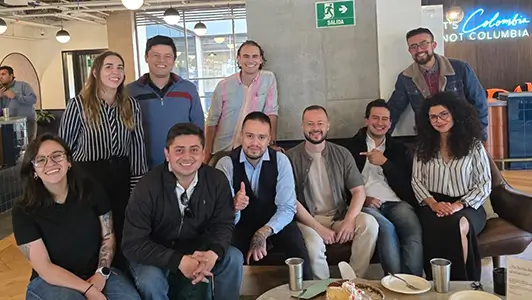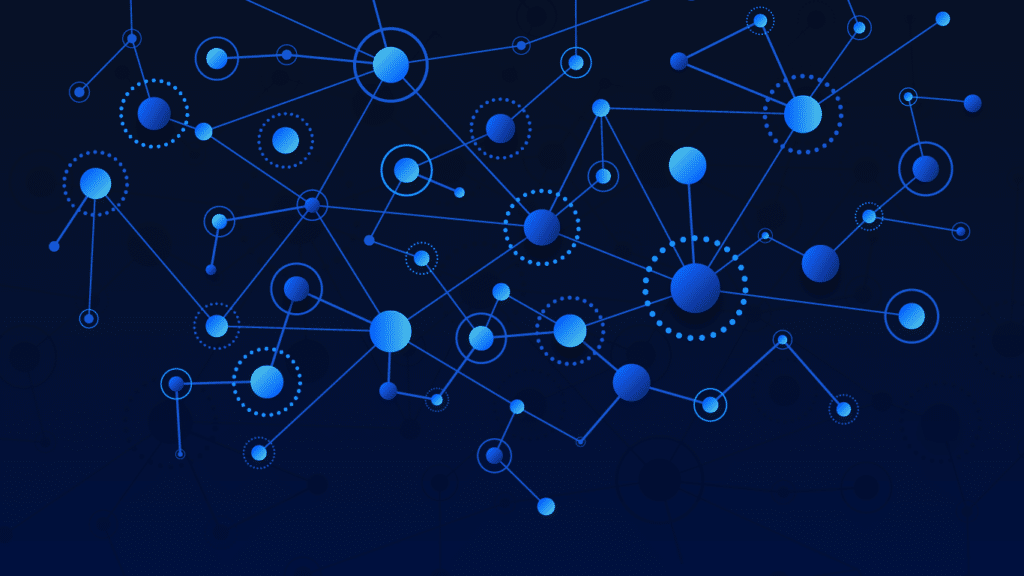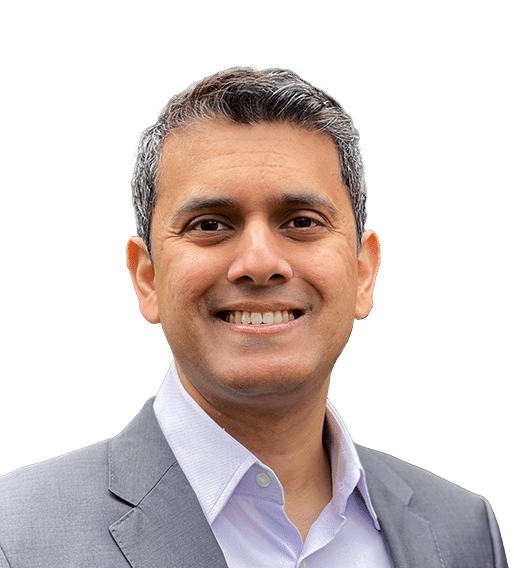The centralized hub-and-spoke model that has defined the U.S. power grid throughout its existence is nothing short of an engineering marvel. For more than a century, it has allowed utilities to distribute electricity to homes and businesses across the continent, and today it delivers energy to nearly every American citizen around the clock.
However, the system is far from perfect. Despite the best efforts of countless scientists and engineers, grid-scale energy storage remains an elusive goal. Roughly 67% of all power generated by U.S. power plants is wasted—lost in the form of heat during transmission and distribution.
Moreover, increasingly severe natural disasters have exposed vulnerabilities in the existing system that could prove catastrophic if left unaddressed; temporary infrastructure collapses following extreme weather events can cripple local economies and put lives at risk. As these events occur with greater frequency, the need for increased resiliency to protect the promise of the future will become more urgent.
A new model emerging
Thanks to the improved economics of renewable energy and rising interest in residential solar power, microgrids are emerging as a viable alternative to the centralized power generation and distribution model. These decentralized power hubs often rely on multiple energy technologies and can operate autonomously to deliver energy to customers within a small geographic area. While several financial and legal obstacles will have to be overcome to accelerate the proliferation of microgrids across the U.S., this innovative approach holds immense promise and nearly endless potential.
Decentralized microgrids can enhance grid resilience in the face of natural disasters or cyberattacks, reduce the energy wasted during transmission and promote the deployment of renewable energy sources to aid in the fight against climate change. And yet, decentralization transforms a complicated system into one that is unequivocally complex, introducing new and formidable challenges for those tasked with managing the country’s energy supply.
The centralized grid that America has long relied on was designed for predictability. When utilities can forecast accurately how much energy customers will need, they can balance current and frequency with precision and ensure supply accommodates demand. An energy system based on a distributed node-to-node model could be more efficient and resilient, but it is inherently less predictable.
Distributed energy resources (DERs) such as solar panels, wind turbines, and battery storage give customers the ability to disconnect from the grid at will, creating potentially significant fluctuations in demand that grid operators must be prepared for. Unexpected generation or shortfalls from DERs can create significant volatility in the energy markets. Left unchecked, supply variability can also lead to network congestion, power outages, and other problems that disrupt energy distribution planning and create unwanted expenses. More innovation in the form of custom business and technology solutions is necessary.

The search for solutions
In recent years, a growing number of utilities have explored the use of virtual power plants (VPPs) to manage energy distribution on the main grid as more DERs are introduced. VPPs aggregate the capacities of various DERs within a given area — the boundaries of which can expand or contract as market conditions dictate — so that they can be managed at a utility-scale to ensure success and create better experiences. The cloud-based aggregation software used by VPPs provides features that mimic power plant control rooms and let grid operators address frequency and load imbalances remotely to keep the network stable.
While VPPs represent a step in the right direction, they come with several potential drawbacks that could ultimately undermine the resiliency potential of distributed systems. Unlike microgrids, a VPP can’t function independently of the main grid, so when the power is down, they aren’t providing energy to the community. Furthermore, by lumping DERs together and treating them as a single asset, a VPP may sacrifice efficient transmission for the sake of simplicity. If a grid operator wants to reallocate output to meet demand elsewhere on the grid, the VPP doesn’t inherently optimize redistribution from the assets within its network, and it won’t account for the needs of individual customers or current and voltage constraints.
So, are there better solutions?
The tech-driven future
Curious minds have been sharing big ideas to try and solve these problems without clear solutions for years. The Next Gen grid will consist of countless smart devices that are constantly communicating as peers via the Internet of Things. These IoT devices won’t just be responsible for regulating energy usage for individual customers; they’ll also consistently monitor the state of the larger grid and react to stimuli received from other nearby devices. Most of the time, they’ll function in their own self-interest to optimize usage, but sometimes they’ll need to act for the benefit of the system at large.
To accomplish this balancing act, each node will need to be equipped with pattern-matching capabilities and advanced processing that only sophisticated artificial intelligence and machine learning technologies can provide. Such capabilities will allow DERs to navigate changing conditions independently while simultaneously sending data to a central data lake where models can be updated in real-time. Managing the flow of all this data will require a system built on a modern, cloud-based architecture.

The potential of blockchain
Enabling this complex ecosystem of peer-to-peer distributed nodes will require a basis of trust that’s built on a blockchain (the technology behind Bitcoin and other digital currencies). Distributed resources on a blockchain network could effectively become self-organizing energy economies, where each participant can respond to requests from the grid top-down as well as from peers directly.
At present, no market mechanism exists to enable a small-scale energy producer to sell excess supply to a neighbor on the grid. Through the use of consensus algorithms and smart contracts, a blockchain-based system could allow a decentralized network of producers and consumers to securely and transparently engage in peer-to-peer energy trading. Such a limitless partnership would have myriad benefits. Encoding the set of rules to govern the market into smart, automatically executing contracts would allow each node to act as an autonomous agent. By directly integrating IoT systems into the blockchain, the generation, consumption, and transaction data from both parties of the contract would be immediately verified and recorded without the need for oversight by any central authority.
Historically, blockchain networks have used proof-of-work consensus mechanisms to verify and secure transactions. With proof of work, miners race to solve a mathematical puzzle, and the first to do so adds the verified transaction to the blockchain ledger. In return for verifying the transaction, the miner receives a predetermined reward from the network (in the form of Bitcoin or another cryptocurrency). The computing power needed to solve the puzzle requires miners to use large amounts of energy, and as the difficulty of the problems increases over time, so do energy demands. The key to these systems is ultimately to make it highly impractical for any individual to control more than 51% of the valuable blockchain mining network. Using energy-intensive calculations is the easiest way to accomplish this, but it also creates hurdles to scaling the number of transactions that can be processed.
These limitations to scalability led blockchain developers to search for faster and less resource-intensive alternatives, and the currently favored approach is a consensus mechanism known as proof of stake. This approach eliminates mining in favor of a network of validators, who contribute their own cryptocurrency to the network in return for the opportunity to validate new transactions and receive a reward. Staking essentially serves the same function as mining but requires far less energy and helps to improve scalability when paired with other techniques such as sharding and rollups.
The digital architecture for connecting microgrids and other distributed energy resources into a decentralized network will build off these innovations. The ultimate consensus mechanism (whether evolved from proof of stake or a new invention) needed for true resiliency would enable continued operation even when portions of the electric grid become disconnected from each other. These “micro-networks” would continue to function during the period of separation and then seamlessly rejoin and reconcile the ledger when connectivity is reestablished. In combination with the market efficiencies such a system would provide, this type of blockchain will be an essential piece of the digital framework for enabling the future grid to function in the face of increased unpredictability.

The promise of the future
Around the world, utilities and other stakeholders are rolling up their sleeves and experimenting with approaches to grid management that include some or all these technologies. One such experiment, Project Energy Demand and Generation Exchange (or Project Edge), is notable in that it is targeting an entire ecosystem of energy producers and consumers. Using a common open-source blockchain-based technology, the project’s partners hope to create better experiences by enabling peer-to-peer trade opportunities between Australian distributed energy resources, local grid operators, larger transmission networks, and even equipment manufacturers.
The team behind the project is addressing some of the biggest hurdles facing most VPPs by working directly with distribution utilities to establish limits that would allow distributed energy resources to more efficiently provide services to wholesale markets at scale. Utilities and energy companies around the world will likely be monitoring the project closely in the months ahead, as its success could represent a major milestone in the global energy transition.
The ongoing evolution of the energy value chain and the obstacles posed by an increasingly complex system can no longer be ignored by established industry players. The control that major utilities have historically enjoyed is rapidly disappearing, and it won’t be coming back. With that in mind, here are three principles industry leaders should abide by as they strive to adapt and ensure lasting success:
Innovate or stagnate
Ambitious trial experiments such as Project Edge face significant barriers and will inevitably be filled with setbacks. However, they’ll also provide participants with invaluable insights and ideas that will be essential for evolving with a rapidly changing industry. In contrast, utilities and energy companies that cling to the status quo and avoid the challenges that come with exploring novel ideas will miss important opportunities to unlock value for themselves and their customers. Today’s industry leaders must understand that any strategy based on a solely centralized energy market is simply not viable in the long term, and then move forward accordingly.
Distributed models are proven
Decentralized systems are flourishing and becoming more mainstream in a wide range of industries. This evolution can be seen in the for-hire transportation market. Taxi companies have been highly disrupted by companies like Uber and Lyft. The power of these platforms lies in their ability to connect a network of disparate participants in a way that unlocks the value of resources that would otherwise go unused. Blockchain and web3 advocates see the next stage as involving a completely decentralized platform where suppliers and consumers can work together directly in a limitless partnership without the involvement of an intermediary. A similar trajectory is underway for energy networks. Currently, a multitude of barriers are preventing the optimal balancing and redistribution of energy, and established energy companies have the resources and expertise to work on many of them. The immense societal pressure to solve the unfolding climate crisis is bringing attention to new ideas, approaches, and solutions, and the winners of the future will look very different from the players of today.
The opportunities are real
Energy companies that choose to participate in the development of decentralized energy solutions stand to gain more than just a shot at survival. Microgrids and other networks of DERs have the potential to increase the resiliency and efficiency of the grid, improving the utility’s ability to serve its customers. Moreover, the public’s growing interest in the energy system at large provides utilities with endless potential to amplify customer engagement and strengthen relationships with other partners across the value chain. Microgrids and DERs are strategic business investments, a chance to break out of operating as an interchangeable commodity. Through ongoing collaboration, established industry players can share big ideas, identify the best ways to leverage their biggest strengths, and ultimately develop more informed strategies for moving forward.
This unequivocally complex problem doesn’t have a clear solution, and it will require curious minds to challenge convention and look beyond the problem at hand to address the larger picture. There are plenty of reasons to be hopeful. When intelligent people work together to identify, architect, and develop custom solutions to ambiguous problems, new opportunities open up and all can achieve success — now and well into the future.

